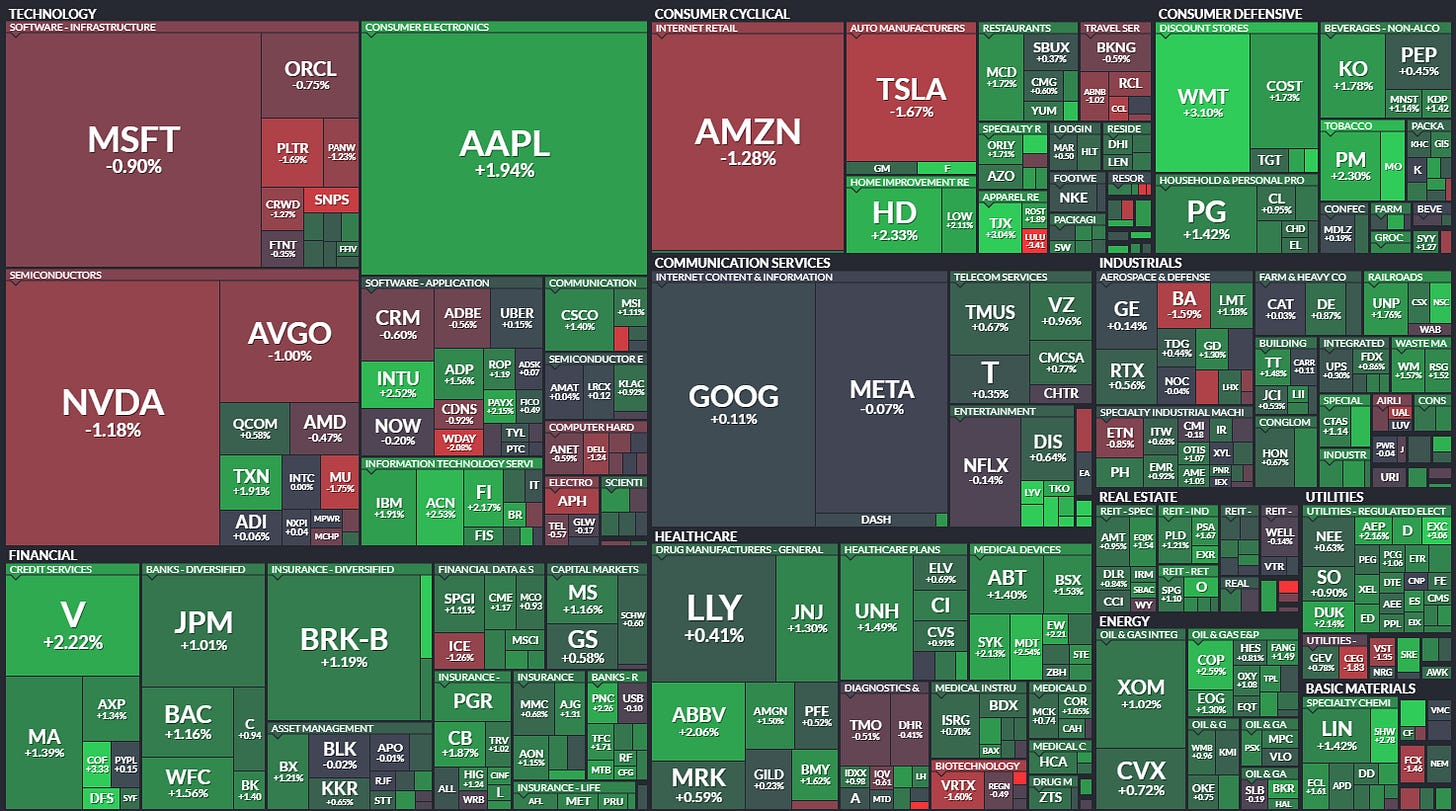The new trading week began with mixed signals on Wall Street. Amid escalating geopolitical tensions and renewed tariff threats from the White House, major indices showed sharp intraday swings. While the S&P 500 and Dow Jones managed to close higher, the Nasdaq slipped into the red, reflecting weakness in the tech sector.
Markets Under Pressure from Trade War Fears
The main driver of volatility was fresh news surrounding the expansion of U.S. trade tariffs. President Trump’s comments on a potential blanket tariff on all imports reignited fears among investors, sparking a wave of selloffs. Markets worry that broad trade barriers could hinder global economic growth and eat into corporate profits.
Trump confirmed that new tariffs would go into effect on April 3, initially targeting the automotive industry. A 20% levy on all imported goods is being considered, raising concerns even among U.S. allies.
Investor Behavior Shifts Toward Safe Havens
U.S. stock indices opened sharply lower but regained ground as the session progressed, driven by a shift into defensive assets. The S&P 500 rose 0.6%, the Dow gained 1%, while the Nasdaq closed down 0.1%. Utility companies and consumer staples outperformed, benefiting from a broader move away from high-volatility tech stocks.
Simultaneously, bond yields declined, signaling a flight to safety. The 10-year Treasury yield dipped to 4.25%, while the 2-year held steady at 3.91%.
Sector Rotation: From Growth to Stability
Tech giants such as Nvidia, Amazon, Tesla, and Microsoft came under heavy selling pressure. Weakness in Amazon and Tesla weighed on the broader consumer discretionary sector, which dropped 0.2%. Meanwhile, consumer staples and financials rose 1.6% and 1.3%, respectively.
Oil prices surged 3%, lifting energy stocks. ConocoPhillips, Baker Hughes, and Marathon Petroleum were among the best performers in the sector.
Macroeconomic Support from Chicago and China
Macroeconomic data helped ease some of the tension. The Chicago PMI unexpectedly rose to 47.6 — the highest level in 16 months. In China, both the manufacturing and services PMIs came in above expectations, with the manufacturing index hitting a yearly high of 50.5.
However, not all data was encouraging: the Dallas Fed manufacturing index plummeted to -16.3, suggesting persistent regional weakness in U.S. industry.
Chips and Travel Struggle
Semiconductor stocks were particularly sensitive to macro headlines, with companies like ASML, Micron, and Broadcom posting notable losses. Travel and cruise operators also declined after Virgin Atlantic warned of weaker U.S. demand for flights to the UK.
Moderna led S&P 500 decliners, falling over 8% following news of a high-level FDA regulator’s resignation. IIPR and Sarepta also dropped after analysts downgraded their ratings and target prices.
Apple, AIG, and IPO Fireworks
In contrast to the tech sell-off, Apple gained over 1% amid reports of stronger smartphone sales in China. AIG shares climbed 4% after announcing a $7.5 billion stock buyback. Among IPO newcomers, Newsmax surged an astounding 722%, although trading was highly volatile.
Cloud computing firm CoreWeave, backed by Nvidia, fell for a second day after its IPO. Concerns about heavy losses and reliance on Microsoft weighed on investor sentiment.
Focus Shifts to U.S. Economic Data
Investors are now watching a wave of upcoming data: Tuesday’s ISM Manufacturing Index, Wednesday’s ADP employment change, and Friday’s highly anticipated nonfarm payroll report. Jerome Powell is also expected to speak on Friday, which could offer insight into the Fed’s next moves.
Markets currently price in only a 19% chance of a rate cut in May, but trade policy developments could quickly change expectations.
This is a classic case of fundamentals versus geopolitical risk. While earnings and economic reports offer reasons for cautious optimism, uncertainty over U.S. trade policy and tech sector instability are preventing markets from finding a clear direction. In the meantime, investors are turning to defensive sectors and safe havens until clarity emerges.




